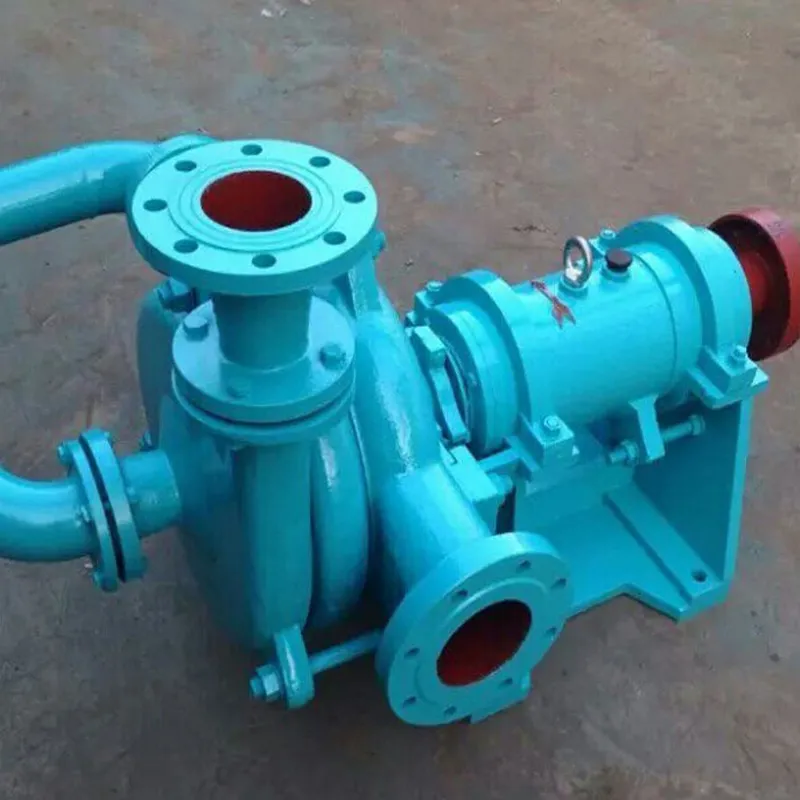Khmer
- Afrikaans
- Albanian
- Amharic
- Arabic
- Armenian
- Azerbaijani
- Basque
- Belarusian
- Bengali
- Bosnian
- Bulgarian
- Catalan
- Cebuano
- Corsican
- Croatian
- Czech
- Danish
- Dutch
- English
- Esperanto
- Estonian
- Finnish
- French
- Frisian
- Galician
- Georgian
- German
- Greek
- Gujarati
- Haitian Creole
- hausa
- hawaiian
- Hebrew
- Hindi
- Miao
- Hungarian
- Icelandic
- igbo
- Indonesian
- irish
- Italian
- Japanese
- Javanese
- Kannada
- kazakh
- Khmer
- Rwandese
- Korean
- Kurdish
- Kyrgyz
- Lao
- Latin
- Latvian
- Lithuanian
- Luxembourgish
- Macedonian
- Malgashi
- Malay
- Malayalam
- Maltese
- Maori
- Marathi
- Mongolian
- Myanmar
- Nepali
- Norwegian
- Norwegian
- Occitan
- Pashto
- Persian
- Polish
- Portuguese
- Punjabi
- Romanian
- Russian
- Samoan
- Scottish Gaelic
- Serbian
- Sesotho
- Shona
- Sindhi
- Sinhala
- Slovak
- Slovenian
- Somali
- Spanish
- Sundanese
- Swahili
- Swedish
- Tagalog
- Tajik
- Tamil
- Tatar
- Telugu
- Thai
- Turkish
- Turkmen
- Ukrainian
- Urdu
- Uighur
- Uzbek
- Vietnamese
- Welsh
- Bantu
- Yiddish
- Yoruba
- Zulu
Telephone: +86 13120555503
Email: frank@cypump.com
វិច្ឆិកា . 21, 2024 05:31 Back to list
designing slurry pump impellers for optimal ...
Designing Slurry Pump Impellers for Optimal Performance
Slurry pumps play a critical role in various industries, including mining, wastewater treatment, and chemical processing. The efficient transportation of abrasive and viscous materials poses significant engineering challenges, particularly with the design of impellers. The impeller is the heart of the slurry pump, influencing not just the hydraulic performance but also the pump’s longevity, maintenance requirements, and energy consumption. Therefore, designing slurry pump impellers for optimal performance is paramount.
Understanding the Importance of Impeller Design
The impeller’s primary function is to impart velocity to the slurry. The design must consider several factors, including the type of materials being transported, the desired flow rate, and the head requirements. An optimal impeller design minimizes wear and tear from abrasive particles, reduces energy costs, and ensures the reliability of the pump during operation.
Key Design Considerations
1. Geometry and Configuration The shape, number of blades, and the angle of the impeller significantly affect performance. Impellers can be open, semi-open, or closed. Closed impellers offer better efficiency due to their enclosed vanes, while open impellers are less prone to clogging but may exhibit reduced efficiency. The design must strike a balance between these factors based on the specific application requirements.
2. Material Selection The abrasive nature of slurry requires the use of robust materials that can withstand wear and corrosion. Common materials include high-chrome alloy cast iron, rubber-lined metals, and more advanced composite materials. The right material choice depends on the specific characteristics of the slurry, including pH levels, temperature, and the presence of corrosive elements.
3. Hydraulic Performance The hydraulic performance of an impeller is assessed through its pump head, flow rate, and efficiency. Computational Fluid Dynamics (CFD) simulations are invaluable tools for predicting how fluid flows through different designs. By modeling various impeller configurations, engineers can optimize the design for maximum hydraulic efficiency.
designing slurry pump impellers for optimal ...

4. Wear Resistance Since slurry often contains abrasive particles, ensuring wear resistance is crucial for the longevity of the pump. Designs that enhance flow patterns can help reduce wear rates. For example, using cavitation-resistant designs can mitigate the formation of vapor bubbles that collapse and cause damage to the impeller surfaces.
5. Energy Efficiency In an era of rising energy costs, designing for energy efficiency has become increasingly important. The impeller must be designed to minimize energy consumption while delivering the required performance. Choosing a design that optimizes the flow dynamics of the slurry can lead to significant energy savings over time.
6. Maintenance Considerations The design should also facilitate easy maintenance and part replacement. Impellers that can be easily inspected and replaced reduce downtime and maintenance costs. This is crucial in the mining and industrial sectors, where operational uptime is directly related to profitability.
Advances in Design Technology
Recent advances in technology have revolutionized the way slurry pump impellers are designed. 3D printing, for example, allows for rapid prototyping of impeller designs, enabling engineers to test and refine configurations quickly. Additionally, smart sensors can be integrated into pumps to monitor wear and performance in real-time, providing valuable data that can inform future design improvements.
Conclusion
Designing slurry pump impellers for optimal performance is a complex task that requires a deep understanding of fluid dynamics, material science, and the specific application at hand. By focusing on key design considerations such as geometry, material selection, hydraulic performance, wear resistance, and energy efficiency, engineers can create impellers that not only enhance the performance of slurry pumps but also reduce operational costs and extend the lifespan of the equipment. As technology continues to evolve, the potential for creating even more efficient and robust slurry pump impellers remains promising, ensuring that these critical components meet the demands of the industries they serve.
-
China Small Slurry Pump Manufacturer - High Efficiency Small Centrifugal Slurry Pumps for Mining & Industry
NewsJun.24,2025
-
Custom Drilling Mud and Slurry Pump Supplier - High Efficiency, Tailored Solutions
NewsJun.10,2025
-
Supply Vertical Submersible Sewage Pump High-Efficiency WQ/QW Pumps Supplier
NewsJun.10,2025
-
Premium Sewage Ejection System & Pumps Efficient Waste Removal
NewsJun.09,2025
-
Premium Wholesale Slurry Pump Impellers Durable & Efficient Slurry Handling
NewsJun.09,2025
-
Top Sewage Pump Companies Durable Industrial Solutions for Efficiency
NewsJun.09,2025










